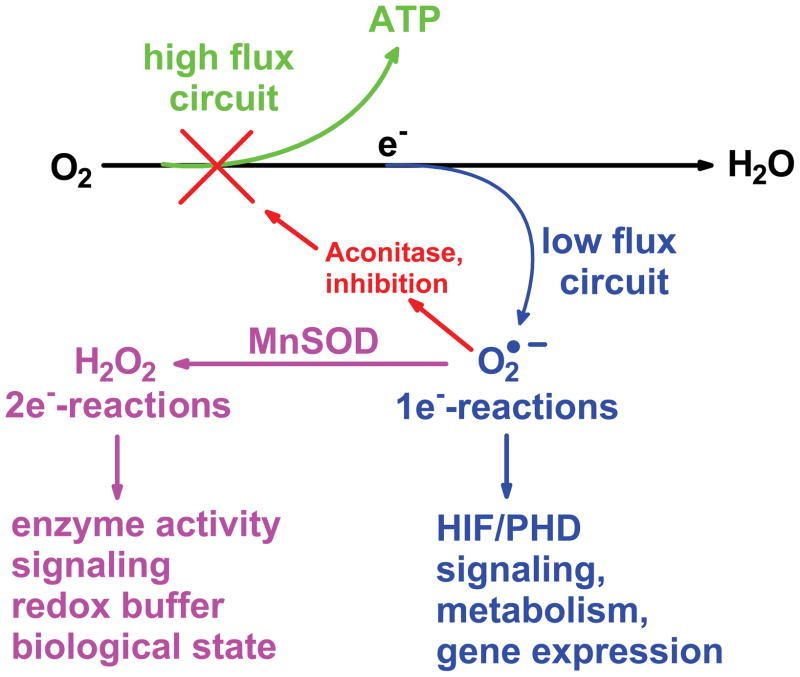Figure 2. The mitochondrial electron transport chain has two principal circuits.
During the oxidation of carbon-based substrates, the vast majority of the electrons captured are shuttled to dioxygen to produce water, the high flux circuit; the energy is captured to produce ATP. In the low flux circuit a small fraction of the total electron flow moves to dioxygen in a one-electron reduction to produce superoxide. This superoxide can react with iron-sulfur centers such as aconitase to modulate the flux in the high flux circuit. Superoxide could also react with the iron-center of enzymes, such as the prolyl hydroxylases, inactivating the enzyme leading to accumulation of HIF-1α and subsequent gene expression. MnSOD will control the steady-state level of mitochondrially-produced superoxide as well as the flux of H2O2 [21]. This will have effects on two-electron signaling pathways, the redox buffer and the biological state of the cell.

